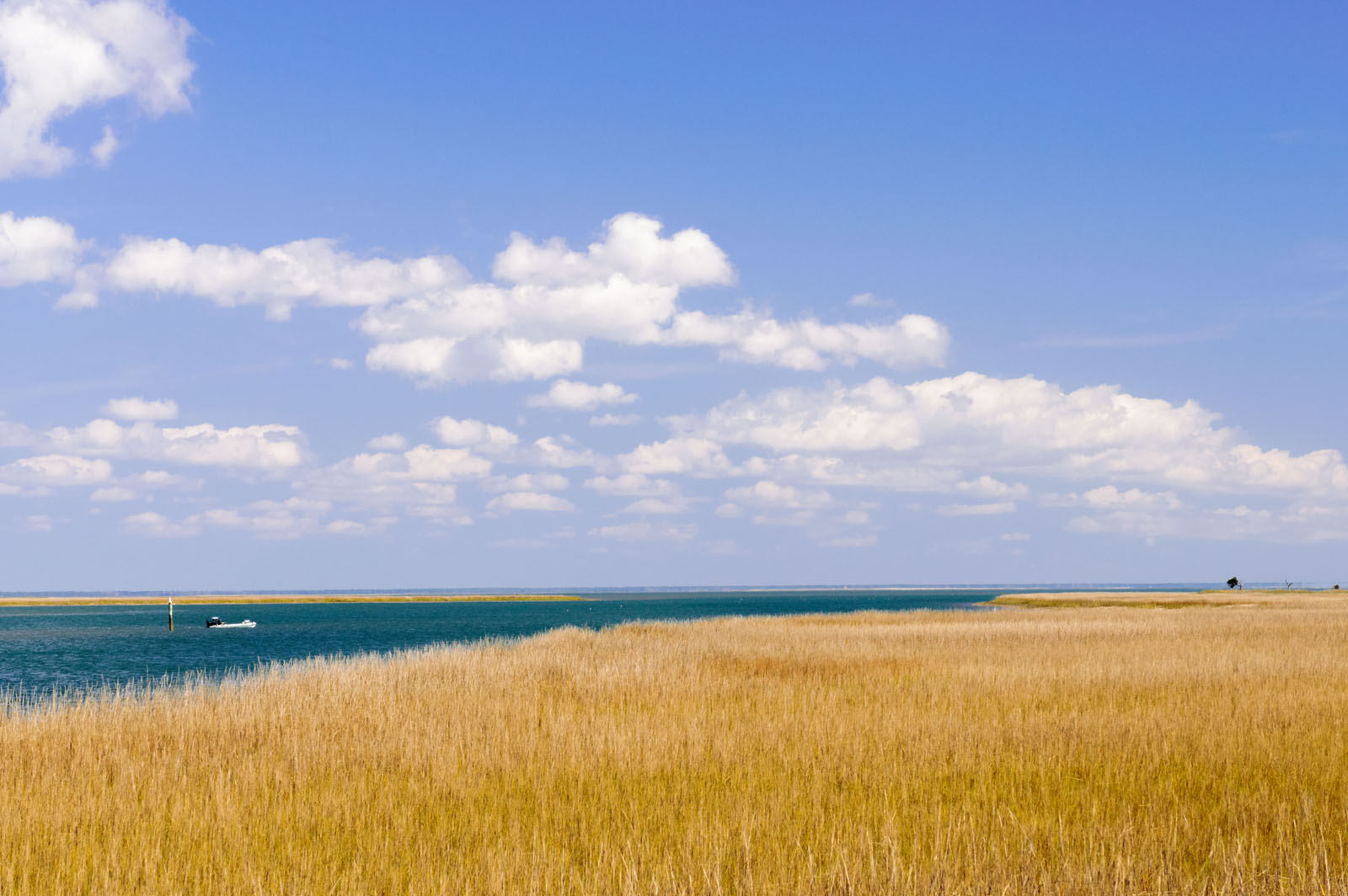Cleaner Air Means Cleaner Water
by Tom Damm
So, what does cleaner air as far away as Indiana have to do with cleaner water in the Chesapeake Bay? Plenty.
A sizable portion of the overload in nitrogen in the Bay and its surrounding waters comes from tailpipes and smokestacks in a vast area that extends from the Atlantic Ocean to the mid-West and from North Carolina to a lower slice of Canada – and even beyond.
The nitrogen pollution is carried by winds and falls directly or washes into the Bay’s waters, contributing to algal blooms that rob oxygen in water needed by fish and other aquatic life to survive.
The good news is that actions by EPA and its state partners under the Clean Air Act have led to big reductions in those airborne nitrogen oxides, or NOx.
In putting together an EPA fact sheet on the topic, we found that two side-by-side graphics were most telling.
One shows the degree of nitrogen air pollution affecting the Chesapeake Bay watershed in 1986. The other shows the state of the air in 2013. It’s as if someone lifted a dark overlay.
That’s a big deal because scientists estimate that as much as a third of the nitrogen polluting the Bay comes from the air.
The fact sheet lists some of the Clean Air Act rules that have led to the sharp declines in NOx pollution. It also highlights figures that show EPA is on track to meet air pollution reduction goals in the Chesapeake Bay “pollution diet.”
And it’s not only the Chesapeake that benefits from the decrease in NOx pollution. Coastal waters from Long Island Sound to estuaries all along the Gulf Coast benefit from reduced nitrogen loads from the air.
You can do your part, too, to help brighten the picture. When possible, walk, bike or take public transportation to reduce vehicle emissions that pollute the air – and water.
About the Author: Tom Damm has been with EPA since 2002 and now serves as communications coordinator for the region’s Water Protection Division.

